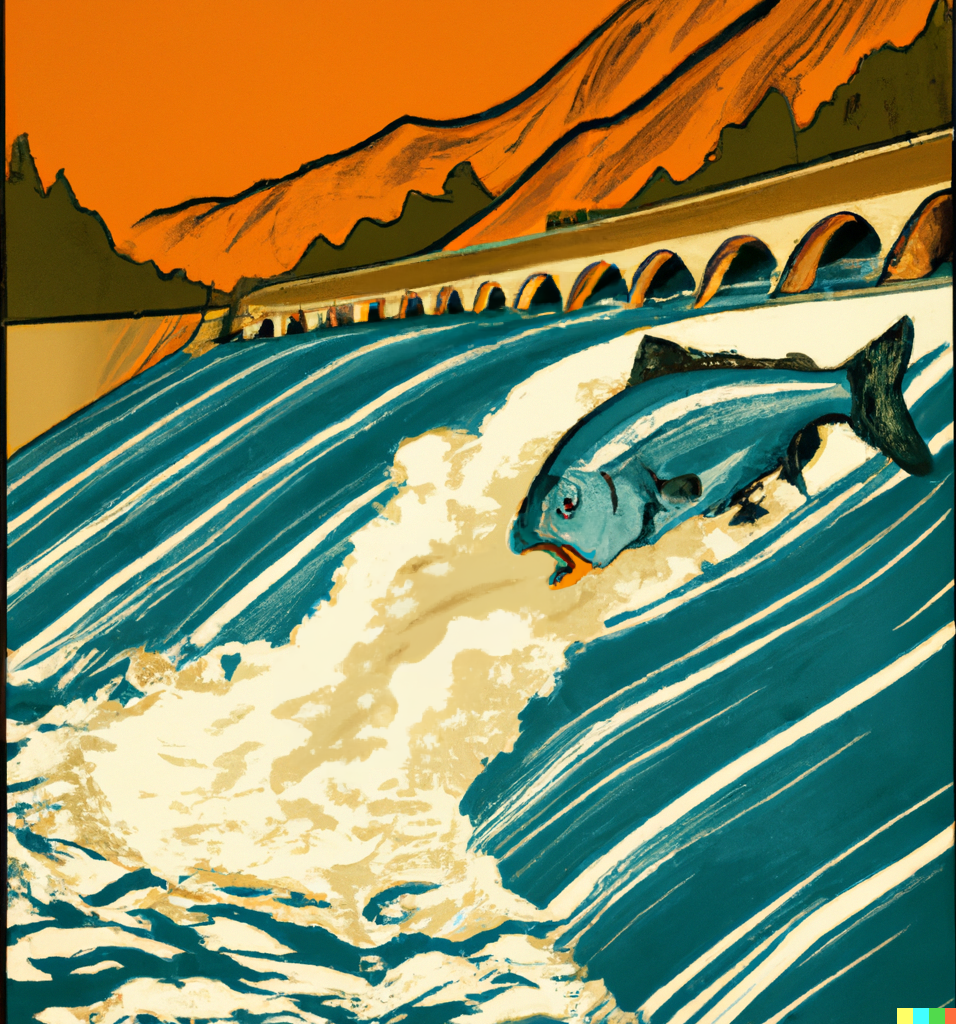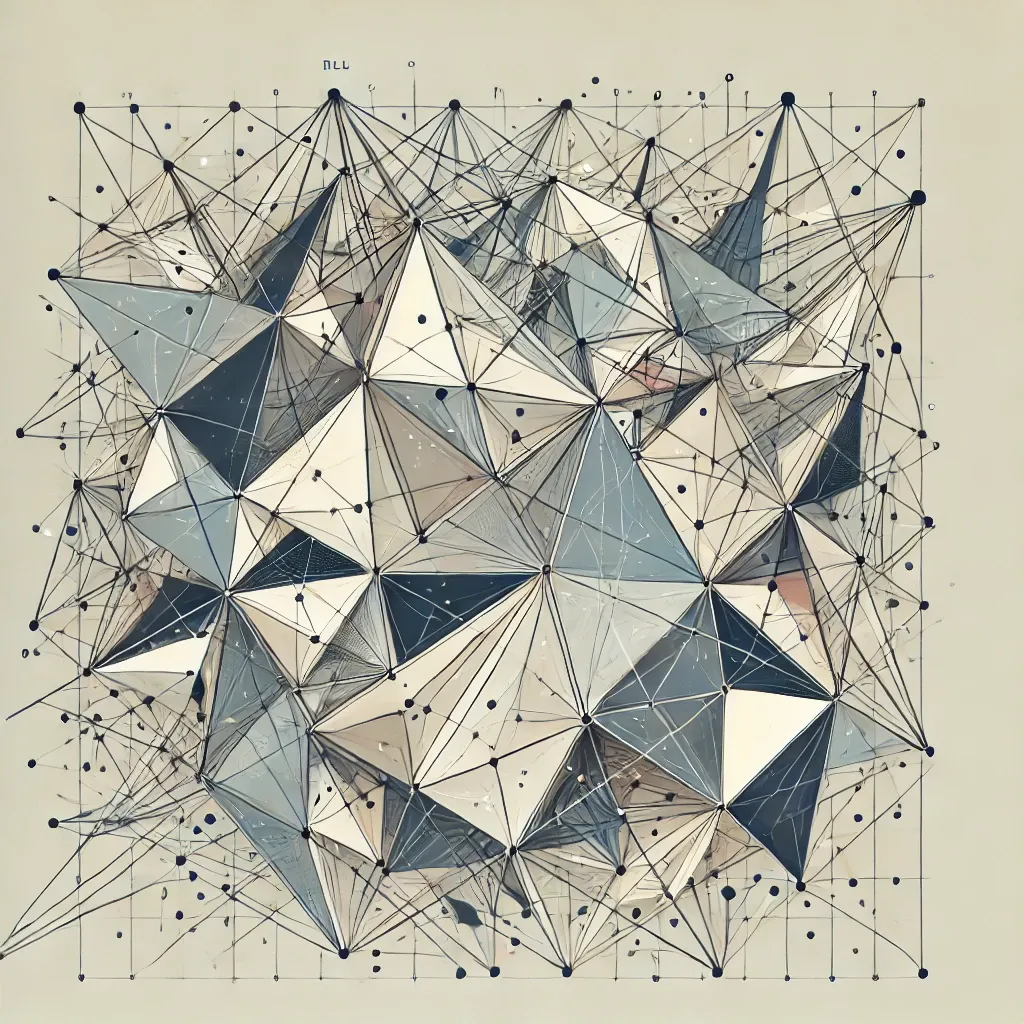
Salmon in the Loop: Automating Fish Counts at Hydroelectric Dams
TL;DR
- Human-in-the-loop computer vision is being explored to automate fish passage counts at FERC-regulated hydroelectric dams. It pairs subject-matter experts with machine learning to improve consistency and reduce error in counts and classifications.
- Implementation hinges on careful problem framing, stakeholder alignment on performance goals, and regulatory constraints, with a commonly cited target accuracy of about 95% compared to human counts.
- Practically, designers consider when to use live video versus still images, how to capture and tag data, and how to train classifiers that can assist rather than replace expert judgment.
- The approach aims to improve data quality and timeliness for regulatory compliance while navigating the challenges of a highly regulated, safety- and environment-critical domain.
- This summary draws on discussions of fish counting methodologies and human-in-the-loop workflows as described in Salmon in the Loop.
Attribution: See the original discussion for context and details: Salmon in the Loop.\n
Context and background
Hydroelectric dams are regulated under the Environmental Protection Act through the Federal Energy Regulatory Commission (FERC). FERC is an independent U.S. government agency that licenses and permits the construction and operation of hydroelectric facilities to ensure safety, reliability, and environmental stewardship. To obtain licenses or permits, dam operators must submit detailed plans and studies, undergo extensive review, and sometimes face sanctions or license termination if they fail to meet standards. In this setting, hydroelectric dams function as large reservoirs that drive electricity generation but also create ecological challenges for migrating fish. The region around the Pacific Northwest, where hydropower is a major energy source, has particular concern for native salmonids, which can be threatened or endangered. FERC-regulated facilities must demonstrate that their operations do not kill fish in large numbers or disrupt fish life cycles, often through fish passage studies. Historically, fish counts at dams have been conducted visually by trained observers who track each fish as it passes through structures such as fish ladders. In addition to counting, observers may annotate attributes like illness, injury, hatchery versus wild origin, and other characteristics. These classifications can be subtle and fleeting, relying on expert judgment and careful verification. Counts are often recorded in varying granularities (hourly, daily, monthly) and across different migration runs, complicating data standardization and comparative analyses. The resulting data are then correlated with dam operations to assess potential adverse or beneficial effects on fish populations. The combination of diverse data formats and governance standards creates a compelling case for new efficiencies enabled by technology. A growing strand of work considers applying computer vision and machine learning to automate aspects of fish counting while preserving human oversight where it matters most. A central idea in these efforts is the human-in-the-loop approach, whereby domain experts (fish biologists) guide and correct algorithmic outputs to ensure the system remains scientifically informed and aligned with conservation objectives. This arrangement aims to combine the reliability and consistency of machine learning with the nuanced judgment and ongoing learning of human experts, ultimately producing a dataset that supports robust downstream analyses and regulatory reporting.
What’s new
The proposed workflow represents a shift from purely manual counts toward a collaborative system that blends automated detection with expert review. In this model, a computer vision system may identify fish in video or image streams, flag potential instances, and then pass them to humans for tagging and verification. After human tagging, the data can be used to train and refine classifiers that categorize fish by species, life stage, health indicators, and other attributes relevant to conservation goals. A foundational step is to define the problem space and align on performance goals before technical work begins. The problem space should specify the tasks the system must perform—such as species identification or life-stage classification—while acknowledging regulatory requirements for reliability and safety. Once defined, stakeholders discuss what constitutes acceptable performance. Practically, many hydropower utilities aim for automated fish-count solutions that achieve roughly a 95% accuracy level relative to traditional human visual counts. While this target is a useful benchmark, the article emphasizes that achieving it depends on the production context and the specific data modalities chosen. This approach also considers data collection strategies: live video can support analyses of population density and schooling behavior, whereas still images may be preferable for detecting illnesses, injuries, or rare events when fish passage is sparse. A hypothetical but plausible workflow includes: capturing video or imagery, performing a first-pass automated pass to locate moving fish, extracting still frames for human tagging, and using those tags to train a classifier that supports ongoing automatic labeling. Importantly, the system is designed to be explainable and auditable within a highly regulated setting, with clear lines of accountability for data integrity and governance.
Why it matters (impact for developers/enterprises)
For developers and utility operators, the human-in-the-loop approach offers several potential advantages. It can improve the consistency of fish counts and classifications by embedding expert knowledge directly into the loop that trains and calibrates the model. As regulators require robust, auditable evidence of environmental compliance, a transparent workflow that couples machine efficiency with human oversight can deliver more timely data and reduce bias or errors introduced by transcription or ambiguous classifications. The emphasis on high accuracy and regulatory compliance reflects real-world constraints: many dam operators must demonstrate that their operations do not disproportionately affect endangered or threatened fish populations. By documenting a structured problem space, clearly defined performance goals, and an auditable data pipeline, utilities can better align technology pilots with regulatory expectations. The approach also highlights the importance of data governance, model transparency, and ongoing validation to maintain trust among stakeholders and the public.
Technical details or Implementation
The article outlines a two-part framework that underpins a feasible human-in-the-loop fish-counting system: 1) define the problem space, and 2) establish performance goals.
- Define the problem space. Before technical work starts, it is essential to articulate the tasks the system needs to perform and the constraints of a regulated environment. This involves collaboration with clients to identify concrete objectives—such as identifying species or determining life stages—and to address concerns about reliability, safety, data integrity, and accountability. The problem space is intentionally high-level at this stage to avoid premature technical constraints and to ensure alignment with conservation and regulatory goals. Depending on the objective, the system may be designed to capture live video for real-time analysis or to collect still images for targeted tagging. A practical architecture could involve a generic video-based detector that identifies motion consistent with fish in a scene, followed by a human-in-the-loop step where tagged images are used to train a classifier for more precise species or condition labeling.
- Establish performance goals. The problem-space definition should be shared with all stakeholders as input to performance targets. In practice, utilities tend to seek automated fish-count solutions that meet an accuracy threshold around 95% relative to regular human counts. These goals are not merely technical; they encode regulatory expectations and governance considerations, including data integrity, algorithmic transparency, and accountability. The process also anticipates that different production stages or migration runs may require different performance expectations, and it encourages explicit discussion about what is feasible in a regulated deployment. Further implementation notes from the discussion suggest a spectrum of data modalities and strategies:
- If the goal is estimating population density during peak passage via behavioral cues like schooling, capture live video to observe real-time movement.
- If the goal is detecting illness or injury when fish passage is sparse, capture still images and selectively tag subsections to train a classifier.
- For rare species that are difficult to observe, a practical approach might combine generic video-based object detection to detect a fish in motion, capture a frame, and present that image to a human for tagging; the resulting tags train a classifier for rare-species detection. This iterative loop—capture, human tagging, model training, validation, and deployment—appears central to building a compliant, trusted system in a highly regulated industry.
Key takeaways
- A human-in-the-loop approach can improve data quality for regulatory fish-counting at hydroelectric dams by leveraging expert judgment alongside machine learning.
- Defining the problem space and setting explicit performance goals early in the project is critical to alignment with regulatory constraints and stakeholder expectations.
- Practical data strategies include choosing between video and still-image capture depending on the objective, and using human tagging to iteratively train classifiers.
- Target performance is commonly framed around a 95% accuracy benchmark relative to human counts, though feasibility depends on context and production cycle.
- The workflow emphasizes transparency, data integrity, and accountability to meet the regulatory standards that govern dam operations and environmental compliance.
FAQ
-
What is meant by a “human-in-the-loop” system in this context?
It refers to a setup where subject-matter experts (fish biologists) guide and verify the machine learning system’s outputs, helping ensure taxonomy, health assessments, and other classifications reflect current scientific understanding. The goal is to combine machine consistency with expert judgment for a reliable, auditable dataset.
-
Why is a 95% accuracy target often cited for these systems?
Because most hydropower utilities aim for automated fish-count solutions that match human counts with high reliability, while also complying with regulatory expectations. The 95% benchmark serves as a practical target to gauge effectiveness, though the exact feasibility depends on the production context and data.
-
What challenges arise when building ML systems in regulated industries like hydropower?
Challenges include ensuring high accuracy and strict regulatory compliance, maintaining data integrity and algorithmic transparency, and securing stakeholder trust. Operators may require thorough testing and demonstrable accountability for how data are collected and interpreted.
-
What data modalities are discussed for fish counting?
The discussion contrasts live video for real-time population dynamics with still images for targeted tagging and rare-event detection, suggesting a flexible approach depending on the monitoring objective.
-
How is the dataset created and improved in this workflow?
Data collection involves capturing observations, tagging by humans, and using those tags to train classifiers. This creates a loop where model outputs are continually refined against expert labels to improve accuracy and explainability.
References
- Salmon in the Loop. https://thegradient.pub/salmon-in-the-loop/
- (The content references organizations and regulatory context such as FERC and the Pacific Northwest conservation considerations; specific URLs are not provided in the source excerpt.)
More news
AGI Is Not Multimodal: Why Embodiment Beats Modality Gluing in AI
A rigorous case that true AGI requires embodied intelligence and physical-world grounding, not mere scaling of multimodal models. Critiques world-model hypotheses and highlights evidence that language models may rely on memorized rules rather than physics.
Shape, Symmetry, and the Evolving Role of Mathematics in Modern ML
As progress in ML shifts toward scale and empiricism, mathematics is evolving from strict guarantees to post-hoc explanations, higher-level structure, and symmetry-aware design, spanning topology, geometry, and algebra to interpret and guide large-scale models.
What’s Missing From LLM Chatbots: A Sense of Purpose in Dialogue
Explores why purposeful, multi round dialogue matters for LLM chatbots beyond one shot prompts, and outlines training, evaluation, and implementation challenges for engineers and enterprises.
Positive Visions for AI Grounded in Human Wellbeing
A pragmatic argument to ground AI development in wellbeing science, outlining what beneficial AI could mean in practice and concrete leverage points for researchers and product teams.
Financial Market Applications of LLMs: Opportunities, Limits, and Technical Directions
An in-depth look at how large language models (LLMs) relate to financial markets: token counts, predictability limits, multimodal approaches, synthetic data, residualization, and practical implications for quant and fundamental work.
A Brief Overview of Gender Bias in AI: Research, Findings, and Mitigations
Curated overview of key studies showing how AI systems reproduce and amplify gender bias, with concrete measures, benchmarks, and mitigations across embeddings, vision, NLP, and generative models.





